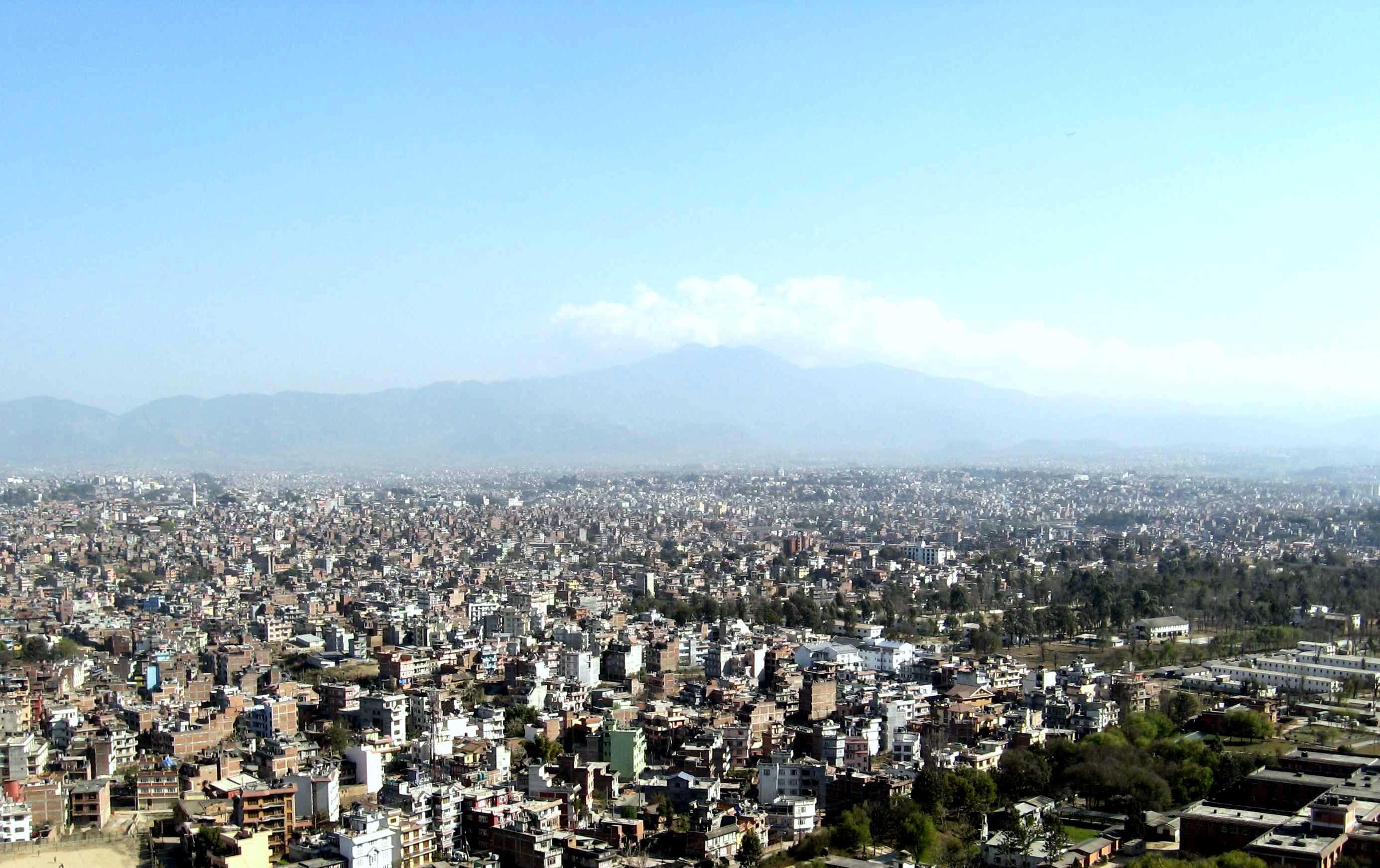

KATHMANDU: Kathmandu has seen a significant reduction in air pollution, with the city falling from the world’s most polluted to tenth place.
This improvement is largely due to sporadic rainfall and moderate winds in the Kathmandu Valley since Wednesday afternoon.
The Valley experienced rain on Wednesday night and again on Thursday morning, accompanied by moderate winds. These weather conditions have helped clear the accumulated dust and pollutants caused by a prolonged dry spell and forest fires in the surrounding areas.
Until yesterday, Kathmandu had been ranked as the most polluted city globally. As of Thursday at 6:30 AM, the city’s Air Quality Index (AQI) has dropped to 152, placing it tenth worldwide, according to the global Air Quality Index.
Currently, Lahore (Pakistan) holds the top spot, followed by Shanghai and Beijing (China) in second and third place, respectively.
The elevated pollution levels in Kathmandu were mainly caused by dust accumulation due to a lack of rain and smoke from forest fires. The recent rainfall not only cleared the dusty air but also helped put out many of the nearby forest fires, leading to an improvement in air quality.
Although pollution levels have eased in the past few days, Kathmandu was still the world’s most polluted city until yesterday, when the AQI peaked at 352.
According to the World Health Organization (WHO), an AQI below 35 is considered safe for human health, while readings up to 50 are generally acceptable. Levels between 51 and 100 are deemed “moderate,” and readings between 101 and 150 can affect individuals with respiratory or heart conditions. AQI levels from 151 to 200 are categorized as unhealthy.
An AQI of 201 to 300 is considered “very unhealthy,” while levels from 301 to 400 are classified as “hazardous.” AQI levels above 400 are considered “extremely hazardous.”
The Air Quality Management Action Plan for Kathmandu Valley, 2076 BS, considers an AQI exceeding 300 to be a disaster-level situation.